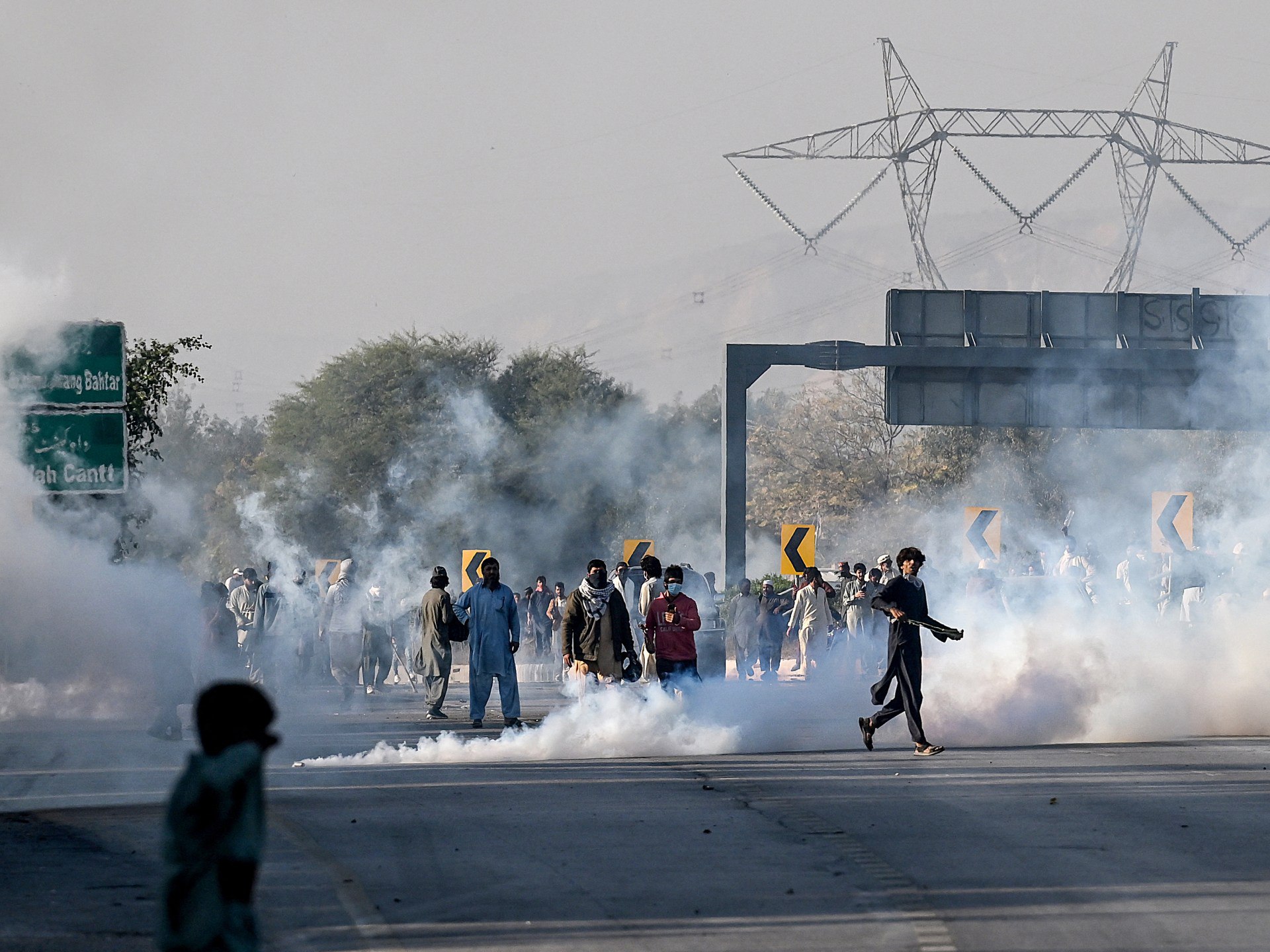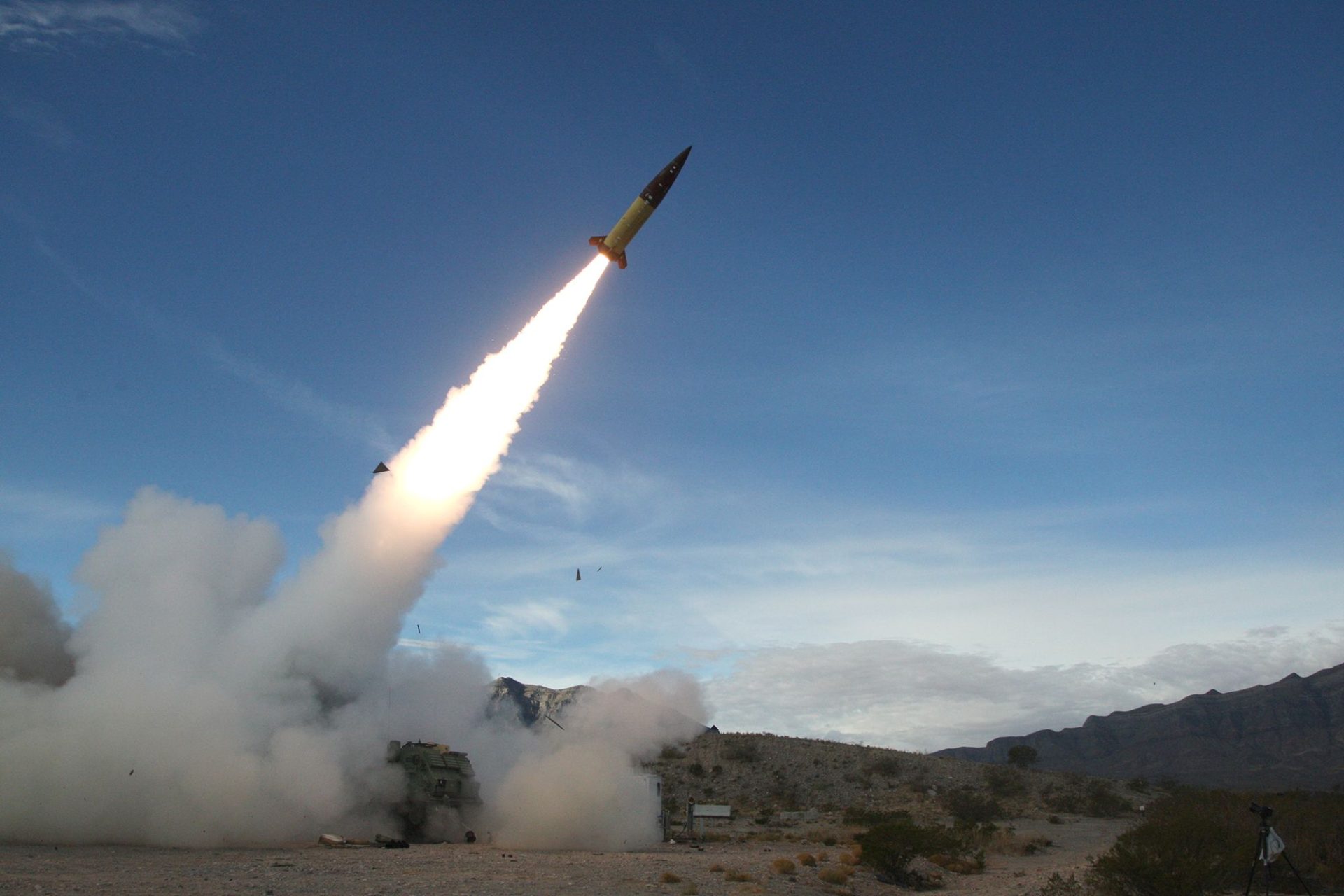ARTICLE AD BOX
NEW footage shows rows ‘Dragon’s Teeth’ deployed on to protect the border between Latvia and Russia.
A NEW video shows the lengths Europe is willing to go to protect its borders from Russia.
 Twitter / @Gerashchenko_en
Twitter / @Gerashchenko_en Twitter / @Gerashchenko_en
Twitter / @Gerashchenko_en Twitter / @Gerashchenko_en
Twitter / @Gerashchenko_enFootage shows rows of the tank-busting barriers along the border of Latvia and Russia near the Latvian town of Zilupe.
The video was uploaded by former advisor to the Ukrainian Internal Affairs minister Anton Gerashchenko on to X (formally Twitter).
Known for its pyramid shaped concrete shards, a “dragon’s teeth” barrier is layered and designed in a zig-zag pattern to make it as difficult as possible for any oncoming tanks.
It comes after Poland, Lithuania, Latvia and Estonia called on the European Union to build a 700km defence line along their border with Russia.
The leaders of the four countries who put together the plan described the need for extra protection as “dire and urgent”.
According to Reuters, the leaders of the four countries in a letter to the Chairman of the EU said:”Building a defence infrastructure system along the EU external border with Russia and Belarus will address the dire and urgent need to secure the EU from military and hybrid threats.
“The scale and costs of this joint endeavour require a dedicated EU action to support it both politically and financially.”
It will stretch around 1,471 miles and could potentially be shored up with minefields, anti-tank ditches and bunkers.
Belarus, who are regarded as one of Russia’s proxies alongside Kaliningrad, have also been cordoned off in the proposal.
The letter also suggested that Nato could help out in funding and constructing the defensive line as well as deploying military personnel along the bloc.
Poland previously announced that it would construct a row of “Dragon’s teeth” in an effort to fortify its borders with Belarus.
Ukraine built its own line of defence with 42,000 concrete “dragon’s teeth” along barbed wire-lined trenches.
The 600-mile wall is made from anti-tank obstacles, underground bunkers and fortified trenches.
It comes as countries in Europe have shared concerns about a potential World War 3 with Russia as Putin continues to ramp up his military threats.
Last month, one of Putin’s cronies appeared on State TV to deliver a disturbing warning to other Nato states.
Major Nikolay Plotnikov said the warmonger president needs to correct a “historical mistake” to bring Russia back to Soviet glory.
He believes Vladimir Lenin and Joseph Stalin, former Russian dictators, caused an “injustice” by letting the territories go.
Now the Putin crony thinks Moscow should take back the Baltic strongholds.
He also took the opportunity to threaten the same countries, telling them to stop showing support for Ukraine during Vlad’s illegal war.
The Baltic republics have been boosting their land defences against Russia throughout more than two years of war.
Earlier in March, World War 3 fears were sparked after a Russian missile roared in to Polish airspace during a blitz on Ukraine.
One of the Russian cruise missiles stayed over Nato territory in Poland for 39 seconds, triggering a major alert and fears of an escalation.
Allied war planes were scrambled to counter the dangerous incursion near the town of Oserdów.
A military report leaked in January detailed Russia’s top tyrant Putin’s possible “path to conflict” to dominate much of Europe and if all goes the Kremlin’s way could end up as a full scale global war as soon as 2025.

How do Dragon’s Teeth work?

Known for its pyramid shaped concrete shards, the deeply layered and zig-zag pattern is designed to make life as difficult as possible for any oncoming tanks or armed forces.
They are typically three to four feet tall.
It is designed that a tank will bottom out on the concrete teeth, lifting their tracks up off the ground and prevent them from continuing forward.
To stop the teeth being knocked over when struck by a tank, they are set into a concrete base which itself is sunken a meter or two into the soil.
Named for its resemblance to a jagged jaw line, “Dragon’s teeth” date back at least to the Second World War, when they were extensively used by the German army along the Siegfried Line.
They can come in a wide variety of sizes, shapes, materials and arrangements. They are also known as “tank traps”.
 Getty
Getty Jack Hill
Jack Hill Jack Hill
Jack Hill Reuters
Reuters.png)
 4 months ago
2
4 months ago
2








 English (US)
English (US)